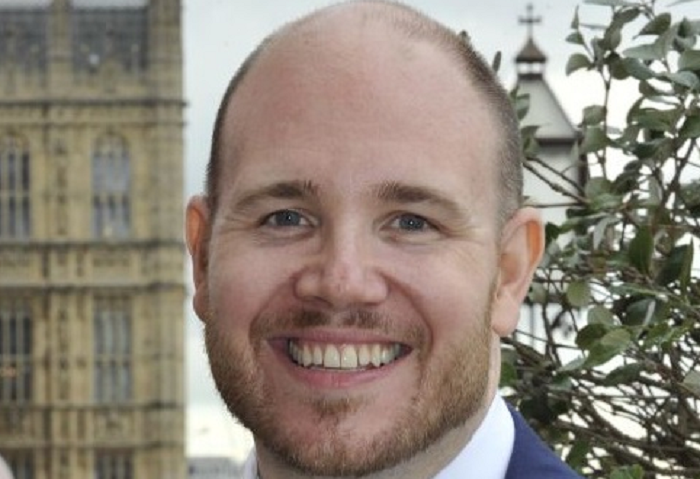
Technology can be an amazing enabler for personal health and wellbeing in the workplace. However, it is only useful if it is used.
Many have downloaded apps in a moment of inspiration, or guilt, only for them to collect digital dust after a few days. Although trying each one may help discover which works best, it takes trial and error to find what works for an individual.
The mental wellbeing app sector has grown significantly over the past 10 years. Apps such as Headspace, Pause and Happify offer tools for self-care and wellbeing, while others provide accessible support from qualified professionals and peer connections, such as Talkspace and Big White Wall. These are opening new confidential spaces for personal reflection and growth, which can buffer some of the challenges of modern life and aid mental health and wellbeing.
The emergence of artificial intelligence (AI) is progressing all forms of technology. This is also a way to make apps more sophisticated and enable them to better identify and support individual needs, ultimately becoming more tailored and beneficial.
So, what does this mean for employers? The health and wellbeing technology space can be daunting. Starting with the NHS App Library is the best way to create an evidence-based offer to employees. Then, employers should work with their staff to get a sense of what works, and where there are gaps before investing.
It is important to remember that technology is not a shortcut to developing staff wellbeing strategies. Technology will always be an enabler and an assistant for workplace health, as long as it rests on the basic foundations of good line management, safe working environments and policies, access to occupational health and co-production and engagement with staff.
Dr Justin Varney is national strategic adviser on health and work at Public Health England